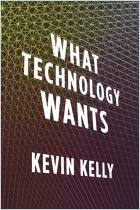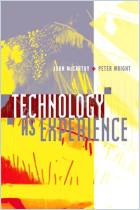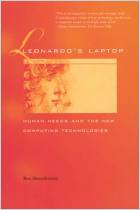
Recommendation
Omnipresent technology can overwhelm the people who use it. Cyborg anthropologist and designer Amber Case insists that technology must become more respectful of people's time and attention. She describes the “principles and patterns” of so-called calm technology, provides tools and real-world examples of technology that fails to account for the human element, and discusses how to design this technology to interact more effectively with people.
Summary
About the Author
Cyborg anthropologist and user-experience designer Amber Case studies how new technologies increasingly shape people’s values and culture.
Learners who read this summary also read
Book
Book
















Comment on this summary